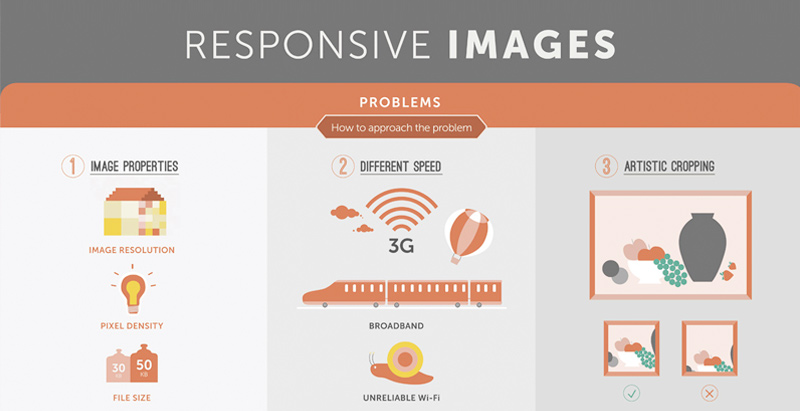Basic Elements Of Web Design: Standards For Creating A User-Centric Website
Basic Elements Of Web Design: Standards For Creating A User-Centric Website
Blog Article
Personnel Author-McKnight Neville
When it comes to website layout, making sure user-friendliness is vital. From responsive style to streamlined navigation, every component plays an important role in producing a site that satisfies your target market's demands. However what about the finer information that can make or damage an individual's browsing experience? Stay tuned as we discover some often-overlooked ideas that can boost your web site's use to the following level, making it truly attract attention in the electronic landscape.
Value of Responsive Style
Receptive design is a critical element of modern-day site growth. Ensuring your internet site is receptive ways that it can adjust to different display sizes and tools, supplying a seamless experience for individuals.
With the increasing use of mobile phones and tablets to access the net, having a receptive layout is essential for getting to a wider audience. It aids in improving customer experience by making your site simple to browse and keep reading any type of tool.
Furthermore, receptive design can favorably influence your search engine positions, as online search engine like Google focus on mobile-friendly websites. By having a receptive layout, you're additionally future-proofing your web site, as brand-new devices with varying screen dimensions continue to emerge.
Simplify Navigation Framework
To enhance individual experience and assist in simple accessibility to info on your web site, enhancing the navigation framework is critical. When developing your website, focus on developing a clear and user-friendly navigating menu that assists site visitors discover what they're seeking swiftly.
Limitation the number of menu things to the essentials, grouping relevant web pages together to stay clear of overwhelming users. Usage descriptive labels that plainly show the web content of each page, making it less complicated for individuals to comprehend where each web link will take them.
Consider executing dropdown food selections for subcategories to stop littering the major navigation bar. Furthermore, include a search bar prominently on the page for customers that favor searching for certain information.
Prioritize mobile responsiveness in your navigation style to ensure very easy gain access to on all tools.
Maximize Page Tons Rate
Improving web page lots speed is essential for keeping site visitors on your site. Slow-loading web pages discourage users and can cause high bounce rates. To maximize web page tons speed, start by enhancing images. Press images without jeopardizing high quality to reduce their documents sizes.
In addition, enable browser caching to store often accessed resources locally, accelerating tons times for returning visitors. great post to read , JavaScript, and HTML data by getting rid of unneeded personalities, comments, and format, enhancing lots speed.
Think about utilizing a web content distribution network (CDN) to disperse your site's content across numerous web servers worldwide, decreasing latency for customers accessing your website from different areas. Last but not least, restrict using third-party scripts and plugins, as they can substantially influence tons times.
Verdict
In conclusion, by including receptive style, simplifying navigating, and optimizing page tons rate, you can develop an user-friendly web site that attract a larger audience and boosts customer experience. These essential elements ensure that visitors can easily gain access to and browse your website across various gadgets, bring about raised involvement and fulfillment. By concentrating on Recommended Resource site , you can build a successful internet site that keeps customers returning for more.
